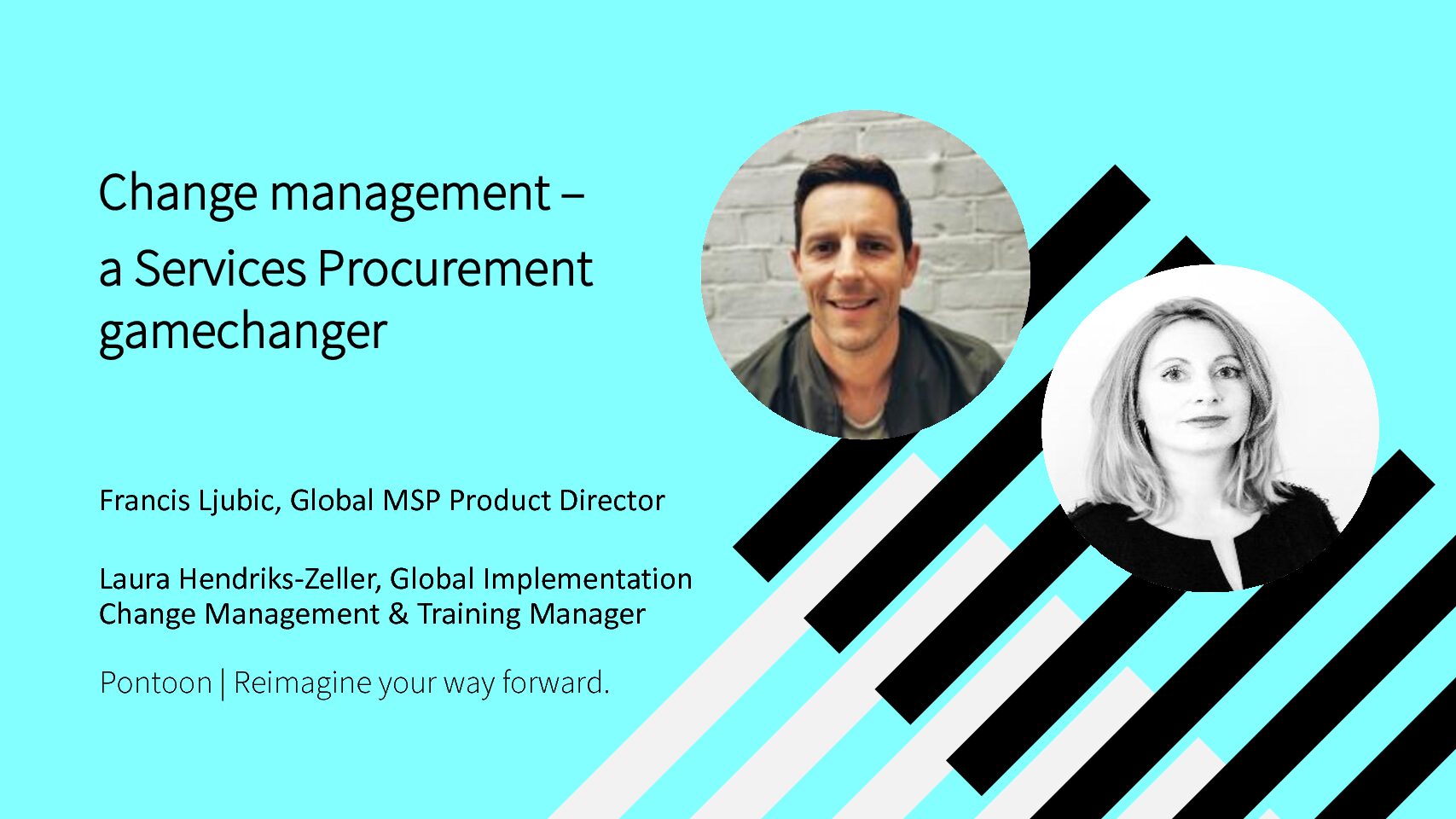Services Procurement as an incremental journey
Events
.
When implementing a Services Procurement programme, is it better to start with an ambitious plan by outsourcing full-category management? Or is it better to keep the service scope simple, focusing on transactional activities?

Francis Ljubic, Global MSP Product Director
The level of ambition ultimately depends on the client. Businesses know that full-category management from the start is harder to implement and can create problems with the adoption rates. While it is possible to outsource full-category management, most companies are hesitant about the capability of a Managed Service Provider (MSP) to manage true Services Procurement.
This is why the MSP provider first needs to earn the customer’s trust.
It is critical to ensure that the scope of the procurement programme is agreed upon prior to contracting during the solutions phase to avoid unforeseen challenges. Getting clarity over the scope of our services is one of the keys to delivering a successful implementation.
At Pontoon, we take every step of this journey in alignment with the client and their internal category management team. The category manager retains the awareness of the organisation’s internal strategy. They can adequately manage the connection with the Services Procurement provider, continuing to deliver value and success.
An MSP partner is an extension of your team
The arguments for launching your Services Procurement programme at a more transactional level are strong. Still, if evolution is part of the client’s initial expectation, the programme team will ensure this is marked on the development roadmap. Understanding the customer’s goals determines the path and destination.
Of course, an MSP can use its contingent workforce management expertise, leaning on its VMS technology to support a procurement programme, but that’s not always enough. As Services Procurement programmes evolve, they will require procurement expertise to help guide the buy, facilitate vendor selection, and negotiate costs.
If those expectations are not clear right from the start, you’ll be stuck with an extension of your MSP contingent service – and that may not add the next level of value you’re looking for in your Services Procurement programme.
By setting clear expectations, you’ll get a scalable programme that begins with minimal disruption and grows as your business needs evolve. With the right work transferred to the right resources, our clients’ teams can focus on strategic value creation.
We also negotiate, forecast, and control rates to achieve targeted cost savings. However, interestingly enough, the clients and prospects I talk to usually don’t focus on the much-touted theme of cost savings. Rather, they acknowledge risk mitigation and best-practice operational processes as the main value adds of a Services Procurement MSP Programme.
Is the supplier-funded model a myth?
Another subject of interest raised by clients and prospects is the case for and against a supplier-funded model. Convention dictates that a supplier-funded programme is cost-neutral for a client. Many will be led by this ideal when costing an MSP programme, contingent-based or Services Procurement. This may be a false economy and reduce the level of adoption from vendors who will need to participate in the programme but will be reluctant to fund it.
A supplier-funded model might look more appealing from the client’s perspective because it seems cheaper. But many in the industry consider this a myth because even in a client-funded model, you can deliver cost savings. With a supplier-funded model, the supplier pays the MSP fee. However, the reality is that suppliers will compensate for this by increasing their own cost of delivery. As a result, the customer is charged an inflated fee for the services. Industry experts, clients, and prospects all seem to share that perception.
This is not to say that one model is better than the other. It’s healthy to keep an open mind and acknowledge the pros and cons of each approach. Still, clients should be well informed. Only that way clients can be empowered to make strategic decisions that suit their needs and expectations.
Final takeaway on services procurement
At Pontoon, we believe it’s about the journey. This starts with delivering transactional activities for the client – including onboarding, offboarding, payment management, time sheeting, and contract admin. With an initial focus on delivering value via those transactional activities, we can start thinking about evolving the programme to its potential. Thanks to a modular programme structure, we can choose specific elements and build on them, adding value as we move forward for our customers – when they are ready to do so.
Services Procurement outsourcing should be managed as an evolutionary journey based on client readiness, value drivers, and maturity level, all delivered via strategic change management. It takes time – just like building trust takes time.
Contact Us
Related Post
Seamless implementation of a Services Procurement programme cannot happen without the client's buy-in, and change management is necessary to build client trust.
[caption id="attachment_8897" align="alignleft" width="144"] Francis Ljubic, Global MSP Product ...




